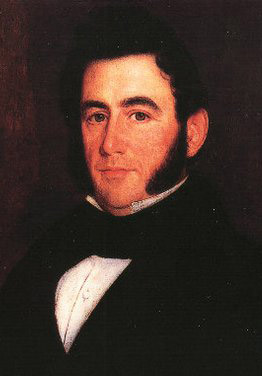St. Joseph Plantation was built around 1830 by the Scioneaux family with the use of slave labor.
In 1840, Dr. Cazamine Mericq purchased the property from the Scioneaux family, and then sold it to Alexis Ferry and his wife, Josephine, who used dowry money from Gabriel Valcour Aime, Josephine’s father. Ferry remodeled the home, added four rooms and enclosed the ground floor to create a basement, where the open space had previously sheltered the horse-drawn buggy that Mericq used to visit his rural patients.
Gabriel Valcour Aime (Josephine’s father) was known as the “Louis the XIV of Louisiana” and reputedly was the wealthiest man in the South. Aime already owned a larger nearby plantation called La Petite Versailles, which burned down around 1920. Flowers and plants from around the world, including coffee and bananas, were grown in his extensive gardens, which required 30 slaves to maintain, historians have determined.

The plantation was purchased in a post-civil War sheriff’s sale by Joseph Waguespack and has remained in the extended family, said Joan Boudreaux, general manager and Waguespack’s great-great-great granddaughter.
The adjoining plantation home “Felicity”, was built in 1850 with dowry money for Josephine’s sister, Felicity, when she married Septime Fortier. Joseph Waguespack bought the 1,200-acre Felicity plantation in 1899 and combined it with St. Joseph in 1901 into the St. Joseph Planting and Manufacturing Co. Ltd.

The plantation’s most famous son is Henry Hobson Richardson, one of the nation’s premier architects of the 19th century. He was born at St. Joseph Plantation in 1838. Richardson is renowned for designing the original Marshall Field store in Chicago and the Trinity Church of Boston, referred to by modern architects as being built in the “Richardsonian Romanesque” style.
The home was occupied at various times but was closed in the 1970’s, Boudreaux said. When family members began renovation years later, they had to pry shutters off the windows that had been nailed on for Hurricane Betsy in 1965.
According to the Live Oak Society of Louisiana, the company has 16 registered live oak trees on its property, some named after family members, with the largest boasting a girth of 23 feet. Officials estimate the trees are about 300 years old. Four of the huge live oaks shade the St. Joseph home’s backyard well, and iron syrup kettle 10 feet in width, several week-framed slave quarters, a detached kitchen and the remnants of a narrow gauge railroad that carried sugar cane from the fields. Double-wide French doors provide cross-ventilation for the home’s 16 rooms and cypress plank floorboards shine from decades of waxing.
